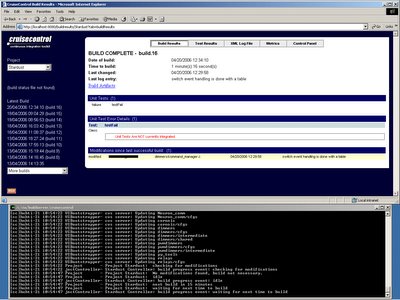It is known that admitting having a problem is the first step in the healing process. Ken Orr compared management that refuses to admit they have a process problem to an alcoholic, strongly denying having any problems.
Product development and management association (PDMA) claims that new products currently have a success rate of only 59 percent at launch, up only one percent since 1990. Cancelled or failed (in the market) products consumed an estimated 46% of product development resources (Cooper, Winning at New Products, 2001).
Stephen Balacco, embedded analyst at VDC was quoted in December 2002 issue of SD Times as “Embedded [developers are] frustrated by inadequate or changing specifications during product development”. In the article it is mentioned that two-thirds of the 400 respondents cited changes in specification as the number one cause of the delays.
Do we need more evidence to justify a strong intervention by advocates of more flexible practices in order to better cope with the change? The change that is evident today and should be concidered as a possibility instead of threat.
In embedded systems it is not the change alone that causes big up-front design processes to fail so miserably. It is the characteristic of very late learning. "Final" designs from all the different engineering disciplines arrive at the end (delusional end) of the project. We could compare that to software integaration, in power of ten. Component tolerances violate with mechanics, microcontroller I/O characteristics were misunderstood, up-front designed protocols have performance shortcomings etc.
A new round is called for.
At this point wouldn't it be nice if there was a flexible process to do this with ease?

